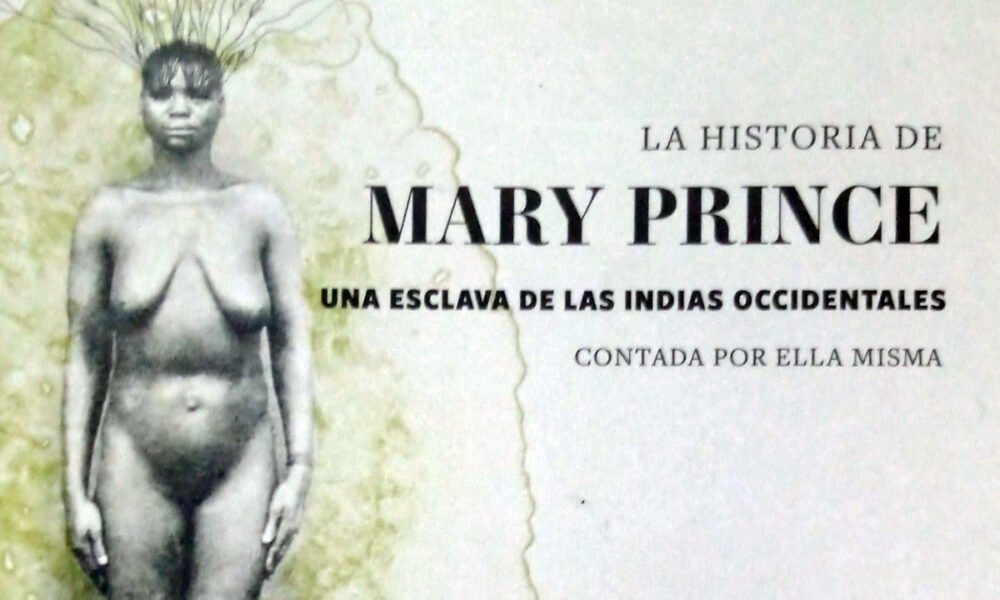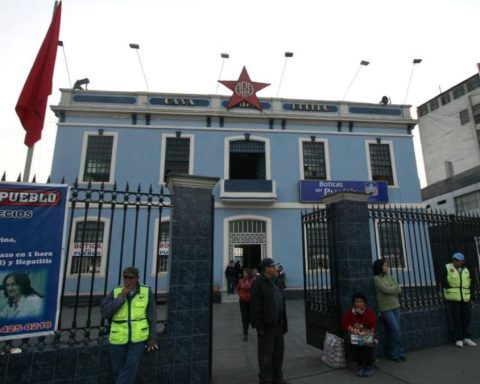In the distant year 1831, a biographical document of undoubted value for the world saw the light. Mary Prince, who lived through the horrors of slavery, wanted to tell the story of her life for herself. From that narration emerged a shocking testimony whose first edition in Spanish is a reality, thanks to the joint effort of Ediciones del Lirio, Centauri Press and the Institute of Cuban History.
Title The story of Mary Prince. A slave from the West Indies. told by herselfwas presented at the Casa de África in Havana, as part of the recent 30th edition of the international Book Fair. The African-American literary tradition regards this volume as the first account that revealed the harsh living conditions, physical and mental degradation faced by a black slave in the English colonies of the Caribbean until her final journey to London in 1828.
Mary Prince was born on October 1, 1788 in Bermuda and died in London in 1833. As a slave she was sold for the first time at the age of 10, and had to face long working hours of more than 17 hours that included unbearable physical punishment and submission to the high temperatures of their tropical environment.
This first story of a black slave had three reprints in the same 1831 in the United Kingdom. 191 years after its publication in English, we receive this first version in Spanish, which has introductory words by Miguel Ángel Flórez Góngora, a Colombian journalist, researcher and editor residing in Mexico; and a prologue by the Cuban historian María del Carmen Barcia Zequeira, a full member of the Cuban Academy of History and an author specializing in slavery and racial issues.
Dr. Barcia points out that the life of Mary Prince, narrated by her, was transcribed by the publisher Thomas Pringle, with the purpose of selling the pamphlet and obtaining some money for the protagonist, who at that time was already a helpless old woman. She also highlights that this story was not the only one published during those years; before there were other similar texts used as accurate arguments by English and American abolitionists. «The intention of the story is clear: to move English subjects to demand from Parliament and the monarch the end of slavery in their colonies. It must have, like other stories, contributed to this purpose, since it ended in 1838. The story of Mary Prince is still moving, its pages reveal the daily helplessness of a girl who became a woman in the midst of nameless inclemencies and did so without losing her tenderness”.
Of that literature published to highlight the injustices of the slave trade and slavery, there are titles such as the story of Edward Donlan, a black slave established in Jamaica; the biography of Juan Francisco Manzano, a Creole black man from Cuba; and the text Louis Asa-Asa, a captured Africanwhich appears as an annex to this Mary Prince book.
It is also worth mentioning the translation from English to Spanish, by the Cuban literary translator Ana Elena Arazoza, who had before her the challenge of working with a language aged by time, but who focused her analysis on the dramatic weight of Mary Prince. In a note published in the Spanish version, he points out that the resulting text «…is a close translation of the original historical text and the linguistic and cultural context of the time, conditioned by the dynamics of the grammatical and semantic structures of the story of Mary Prince , which preserves the spontaneity, freshness and depth of his vital and religious thought arising from the experience of the suffering of slavery…».
The reader thus has before him a bilingual Spanish-English edition, illustrated on its cover with a lithograph by the Afro-Brazilian artist Rosana Paulino, which begins the “Racial Justice” Collection, an editorial project that attempts to recover the historical memory of the human experience of slavery. The book is a denunciation for all times and for any type of slavery of the human being. In addition to the story told by Mary Prince, the volume features a publisher’s supplement; an appendix including the letter on the existence of marks of severe punishment on the body of Mary Prince written by Mrs. Pringle to Mrs. Townsend (March 28, 1831), one of the benevolent secretaries of the Society of Birmingham Ladies for the Relief of Black Slaves, and lastly, the aforementioned narration of Louis Asa-Asa, a captured African.
Mary Prince became the first black woman to petition the English Parliament for her freedom. She died in London at the age of 45, she was recognized in 2013 as the National Hero of Bermuda, an island where since August 2, 2020, “Mary Prince Day” is celebrated.

















